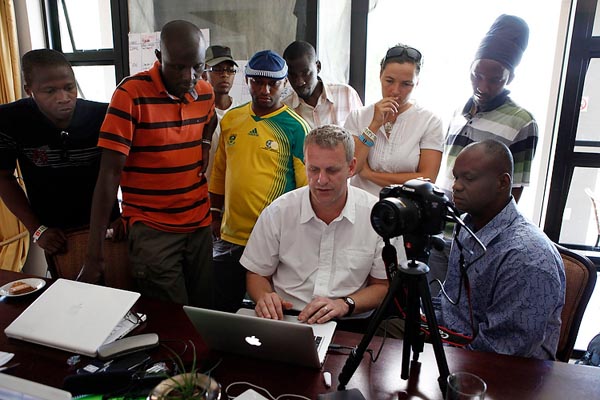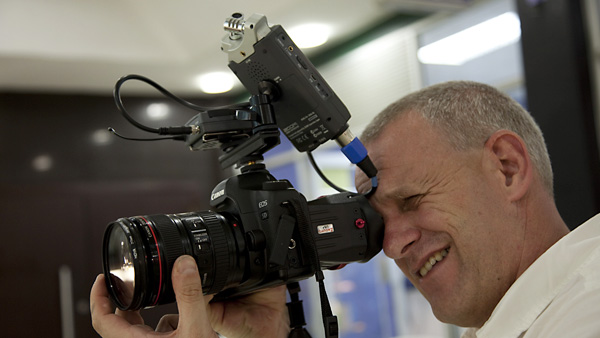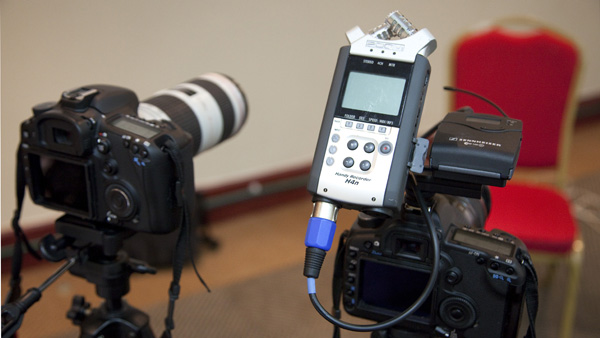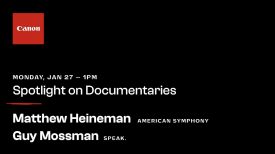Dr DJ Clark is a leading photojournalist and educator, training students across the globe in the use of DSLR video for news reporting. He is also course leader of the new MA International Multimedia Journalism starting this year in Beijing,China run by the University of Bolton (UK). DJ has recently worked with World Press Photo foundation helping cover the news surrounding 2010 FIFA World Cup. He also works with China Daily’s website.
Over the past two years World Press Photo, Free Voice, Africa Media Online and Lokaalmondiaal have been training print, radio and photo journalists to ready themselves for covering the World Cup. The aim has been to provide African media with stories created and edited by African journalists – a counterpoint to the mainstream ‘western’ wire services; an African voice for an African event. Over 120 journalists from 34 different countries trained and of these, 18 were chosen to join a journalistic ‘Dream team’ in South Africa during the World Cup itself.
Award winning photojournalist Jonathan Torgovnik and myself were tasked with the job of choosing the best African multimedia journalists to be part of the project. We held one workshop in Johannesburg, South Africa and another in Lusaka, Zambia, training 20 of them to work on short projects and demonstrated how I used the Canon DSLRs to produce multimedia.

During the workshops we concentrated on training the journalists to be able to produce a short form multimedia story in two to three days. Technical skills covered shooting, sound, editing, compression and uploading to the Twenty Ten project website. As the website featured images, audio and text as well as video, each participant needed to supply a package including all these elements from one story so it could be distributed to media outlets. Another key component was to figure out a look and feel for the 2010 multimedia so that the videos could be run as a series as they were produced. This was not easy as there was an equal mix of photographers and TV cameramen – with differing visual styles. It was also the first multimedia workshops run by World Press Photo and they obviously felt the need to ensure that still photography played a part in the final output. In the end we settled on a mix of stills and video and encouraged participants to use focus pulls, natural wipes, timelapse and video portraits to identify the product as something very different to a TV news package.


Work from the workshops can be seen on the Road to Twenty Ten website – the standards were very variable. With equipment costing sometimes two or three times more than in developed countries and agonizingly slow internet speeds it was quite a challenge for us to help the entrants produce work of any quality.
Despite this, of the 20 trained, two were selected for the final ‘Dream Team’; Shravan Vidyarthi and Simone Scholtz won the right to cover the tournament for the project. During the World Cup the work of Shravan and Simone can be seen here.
Aside from training in Africa I have also been working with China Daily, which has just published an eight part series titled ‘Reacting to climate change’. You can see it along with some of my other multimedia here.






